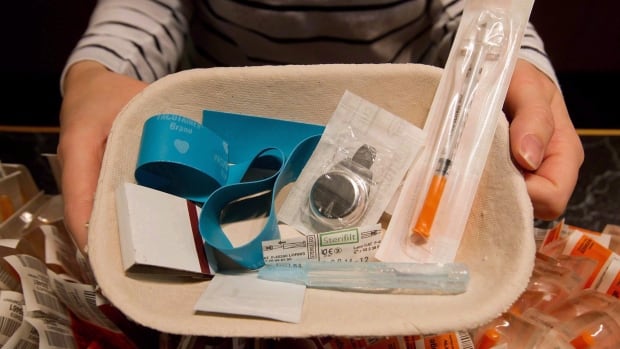If it weren’t for a stem cell transplant — less than half a cup of blood from a stranger’s umbilical cord — four-year-old Tristan Ford would almost certainly have died as an infant, his parents say.
Now, he’s smaller than other kids his age. But in almost every other way, he’s a normal kid.
Ford suffers from Griscelli syndrome, an inherited condition that could cause severe problems with brain function or the immune system. It’s one of the 80 conditions, ranging from blood cancers, blood disorders, immune disorders and metabolic disorders, that doctors currently treat with a stem cell transplant from cord blood.
Umbilical cord blood is a rich source of stem cells. They’re more flexible: because a baby’s immune system is less mature, their stem cells can successfully be transplanted to patients, even if the cells don’t perfectly match. In Tristan’s case, doctors had to give him an intense round of chemotherapy to wipe out his errant immune system entirely, before transplanting the cord blood, which started producing its own healthy cells.
It’s a rare story. Almost a decade after the creation of a national public cord blood bank, latest data shows its use remains infrequent.
Of nearly 4,700 units banked, only 86 have been used. Twenty-eight were sent to patients in Canada, while 58 were sent to international patients, according to Canadian Blood Services. Canadian patients also received 181 samples from international donors, said the non-profit organization. Canadian Blood Services says it cost $48 million to establish the national public bank. Provincial and territorial governments (except Quebec) contributed to the investment, and Canadian Blood Services fundraised $12.5 million.
“Low numbers doesn’t equate to low importance,” said Dr. Matthew Seftel, the medical director of stem cells at Canadian Blood Services.
“They fulfill a niche for patients who are particularly hard to serve, that are particularly hard to find matches for.”
While recipients who need cord blood from the public bank aren’t charged, that’s not the case for a host of private cord blood banks, which promise the future use of the stem cells — even when many potential treatments are still at experimental stages.
New data from the Canadian Blood Services’ Cord Blood Bank show less than two per cent of donated units have been transplanted in nearly a decade. The treatment is still rare, but scientists say it’s important for saving the lives of young patients who are hard to find stem cell matches for.






